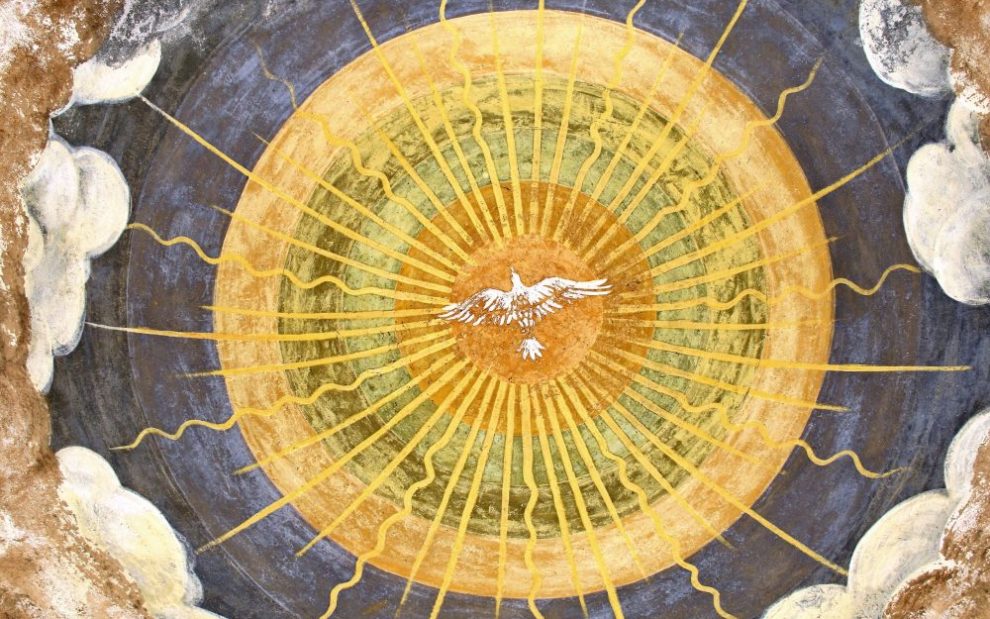The short answer to this question is no. Gender is something that belongs to humans; God is beyond gender. But because we believe in a personal God, and people are gendered, some of us can’t help but envision God as having a gender.
Throughout Christian tradition, believers have leaned heavily toward depicting God as male. Lord (Ps. 6:2; 23:1), King (Ps. 10:16; 24:8), and Father (Matt. 6:9; Luke 11:2) are among the most dominant images. However, while there is biblical support for these images, there are also many biblical texts that envision God as female. For example, Moses warns the Israelites not to forget “the God who gave you birth” (Deut. 32:18). When Israel is being rebirthed after the Babylonian exile, the prophet Isaiah speaks of God as being like “a woman in labor” bringing the Israelites to new life (Isa. 42:14). Further, Isaiah speaks of God’s tenderness toward Israel like that of a mother consoling her child (Isa. 49:15; 66:13). Both Isaiah and the psalmist portray God as a midwife, helping the renewed Israel come forth from the womb (Isa. 66:9; Ps. 22:10–11). In several gospel parables, Jesus speaks of God and himself as being like a woman who hides yeast in bread dough (Luke 13:20–21), who searches for a lost coin (Luke 15:8–10), or who confronts an unjust judge and demands justice (Luke 18:1–8).
All the language we use to speak of God is figurative and can be metaphorical, analogical, or symbolic. A metaphor compares two things that are similar yet different, by making a statement of equivalence: for example, “God is a rock” (Ps. 18:2). God is perhaps solid and dependable like a rock, but God is not literally a rock. Analogy is a comparison of two distinct things, with a focus on how they are alike. An example is a statement such as “God is good.” God is not the same thing as goodness, but we can understand God through understanding goodness. Symbol (from the Greek synballō, “to throw together”) is something that stands for something else.
It matters what metaphors, analogies, and symbols we use for God and God’s gender. Because Genesis 1:27 affirms that humans are made in the image and likeness of God, our language for the divine cuts both ways. If we only use only male language for God, then we are affirming that males are more god-like than females. Yet Genesis 1:27 says that both male and female people are made in God’s image. When we take to heart the female images of God in the scriptures, that enables us to see that women as well as men are made in the divine image and likeness and that the divine is revealed equally powerfully in female experiences as in male ones.
Moreover, when we affirm that God is beyond gender, it opens the way for acceptance of all people, whatever their gender identity—be it cisgender, transgender, or anywhere on the gender spectrum—as equally made in God’s image and likeness. God is not confined to any gender, and God’s loving being encompasses all.
This article also appears in the March 2023 issue of U.S. Catholic (Vol. 88, No. 3, page 49). Click here to subscribe to the magazine.
Image: Wikimedia Commons/BrankaVV (CC BY-SA-3.0)
This article is also available in Spanish.














Add comment